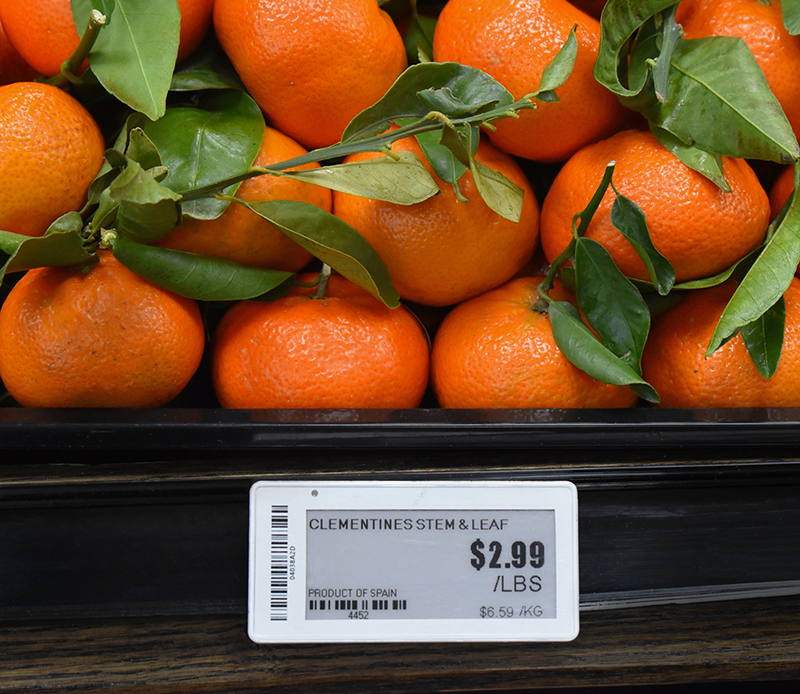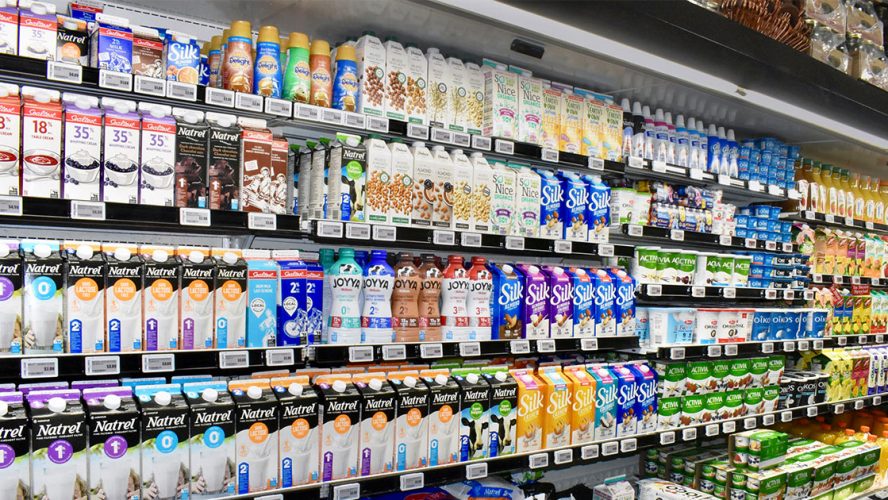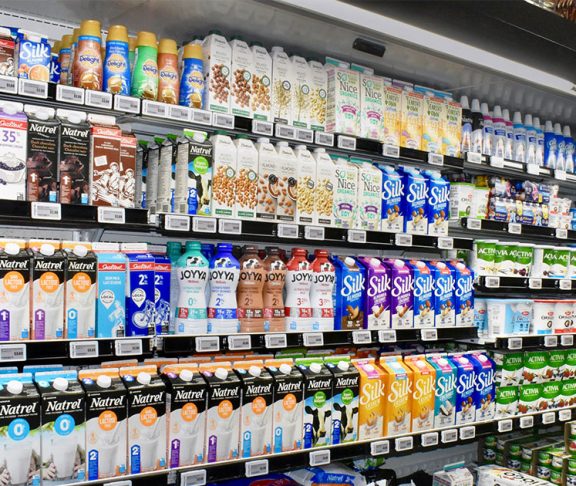
John Ricci
Founder & CEO,Danavation
Retailers switching from paper to digitized labels could engage both customers and employees in more effective commerce — and in real time.
Retailers looking to build stronger connections with their customers may want to consider deploying Digital Smart Labels™ (DSLs) to communicate more than just price.
And that’s exactly what Danavation’s DSLs are designed to do. Rather than a paper label—which has long been a static point of contact for customers—DSL technology uses an e-ink display to show pricing, product information, QR codes, or any other relevant details to better engage consumers.
Being a wireless system, each label runs on a lithium-ion battery with a 10-year lifespan (based on one price change a day), so there’s no need to run wires to power all the labels from a single source. They can also be adhered to any type of shelf using clips and other hardware solutions.

“It’s a system that works with a base station wired in directly to your network with a PoE (Power over Ethernet) cable — the number of these depends on the size of the store, and they’re usually placed in the ceiling,” says John Ricci, Founder and CEO of Danavation. “After that, the DSLs are installed on the shelf with no wiring required. It’s very flexible for any retailer in any environment to be able to have an active DSL system and for it to be functional.”
The benefits of going paperless
The biggest initial cost-cutting aspect in adopting such a system is in removing the paper and ink involved in printing new labels, says Ricci. DSLs negate the task of replacing paper labels on a regular basis, allowing administrators to easily update pricing when necessary in real time.
Ricci notes that it’s also scalable, meaning a store can do it on its own or across a chain of retail locations adopting the same system. In that scenario, Ricci says that a central hub at a head office or in a flagship store can switch prices on the fly, as well as other information that appears on the label.
“Wherever you are across Canada, from east to west, you can update specific stores or price points, by region or province, and have everything controlled by the head office on a scheduled basis,” he says. “For example, if you have 2,000 price changes that need to go out between midnight and 1 a.m., you click a button and it’s on the schedule. All those prices will be changed when the managers come in to their stores the next morning.”

Altering customer perceptions
DSLs help reorient employees away from tedious tasks and more toward servicing customers and managing inventory on shelves. And when rearranging stock, labels don’t need to be removed, as DSLs can be programmed for all the changes. That also plays a big role in price matching with competitors, says Ricci.
“There’s this perception that when a customer walks into a store that’s gone digital, they’ll know the retailer currently has a new digital price strategy at the shelf,” he says. “It’s a price play operationally, but what you can do with DSLs is engage your customer and keep them interested with QR codes, product reviews, and more at the shelf. You’re basically communicating with them and showing that you understand them, which creates a positive shopping experience for the customer.”



